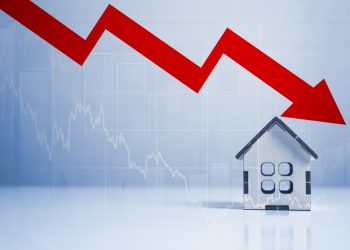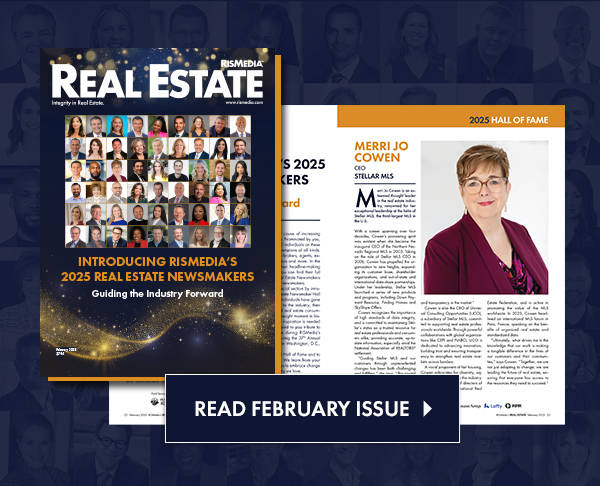The 30-year fixed-rate mortgage (FRM) continued to climb this week to 5.30%, its highest level since 2009, according to Freddie Mac’s latest Primary Mortgage Market Survey (PMMS), released Thursday.
Key findings:
- 30-year fixed-rate mortgage averaged 5.30% with an average 0.9 point as of May 12, 2022, up from last week when it averaged 5.27%. A year ago at this time, the 30-year FRM averaged 2.94%.
- 15-year fixed-rate mortgage averaged 4.48% with an average 0.9 point, down from last week when it averaged 4.52%. A year ago at this time, the 15-year FRM averaged 2.26%.
- 5-year Treasury-indexed hybrid adjustable-rate mortgage (ARM) averaged 3.98% with an average 0.3 point, up from last week when it averaged 3.96%. A year ago at this time, the 5-year ARM averaged 2.59%.
The takeaway:
“Homebuyers continue to show resilience even though rising mortgage rates are causing monthly payments to increase by about one-third as compared to a year ago,” said Sam Khater, Freddie Mac’s chief economist. “Several factors are contributing to this dynamic, including the large wave of first-time homebuyers looking to realize the dream of homeownership. In the months ahead, we expect monetary policy and inflation to discourage many consumers, weakening purchase demand and decelerating home price growth.”
Nadia Evangelou, senior economist and director of forecasting for the National Association of REALTORS®, commented, “Unyielding inflation and the Fed’s tightening policy seem to be the main drivers of today’s mortgage rates.
“Although inflation eased in April, it continues to rise faster than expected. In the meantime, inflation is affecting not only prices at the pump and in grocery stores, but it has also spread to housing as well. Both owning and renting are becoming more expensive. Mortgage rates have increased more than 2 percentage points since the beginning of the year. Thus, the monthly mortgage payment has increased by about $520 since the first week of January, when rates were 3.2%. Respectively, rents are rising at their fastest pace since 1991. As a result, while potential first-time buyers need to spend more of their budget on rent, they also need to spend more on their monthly mortgage payments if they want to buy a home. Meanwhile, nearly 20% of these potential first-time buyers—3 million renter households 25-40 years old—already spend 50% and more of their income on rent. Therefore, rising rents and inflation make it even more challenging to save the money needed to make the transition into homeownership for these renters.”
Realtor.com® Senior Economic Research Analyst, Joel Berner, noted, “This is a 3-basis-point increase from last week, and marks the highest 30-year rate reported by Freddie Mac since 2009. Yields on 10-year Treasury notes have held steady around 2.9% in recent weeks, but mortgage rates continued their climb in response to the Federal Reserve’s increase in the target rate. The Fed governors…have their sights set on reducing inflation, but the Consumer Price Index remains high: 8.3% above year-ago levels. The stock market has taken notice of these grim indicators, and the major indexes continued their week-long slide. A dirty word is on the lips of American economists and financiers: ‘recession.’
“The challenges continue to mount for prospective homebuyers,” Berner continued. “Listing prices are at record highs and homes for sale are at historic lows. The rising cost of living and falling value of investments make saving for a down payment more difficult, and higher mortgage rates make borrowing for a home more expensive. With regulators focused on stemming inflation, we’re not likely to see a significant drop in mortgage rates in the near future. Some buyers are getting priced out of the housing market ahead of the busy summer season, taking some pressure off of listing prices, which have been climbing at historic rates. Some early indications of this price slowdown can be seen in the percentage of listings that have had price reductions, which has increased year-over-year in each of the past two months.”












